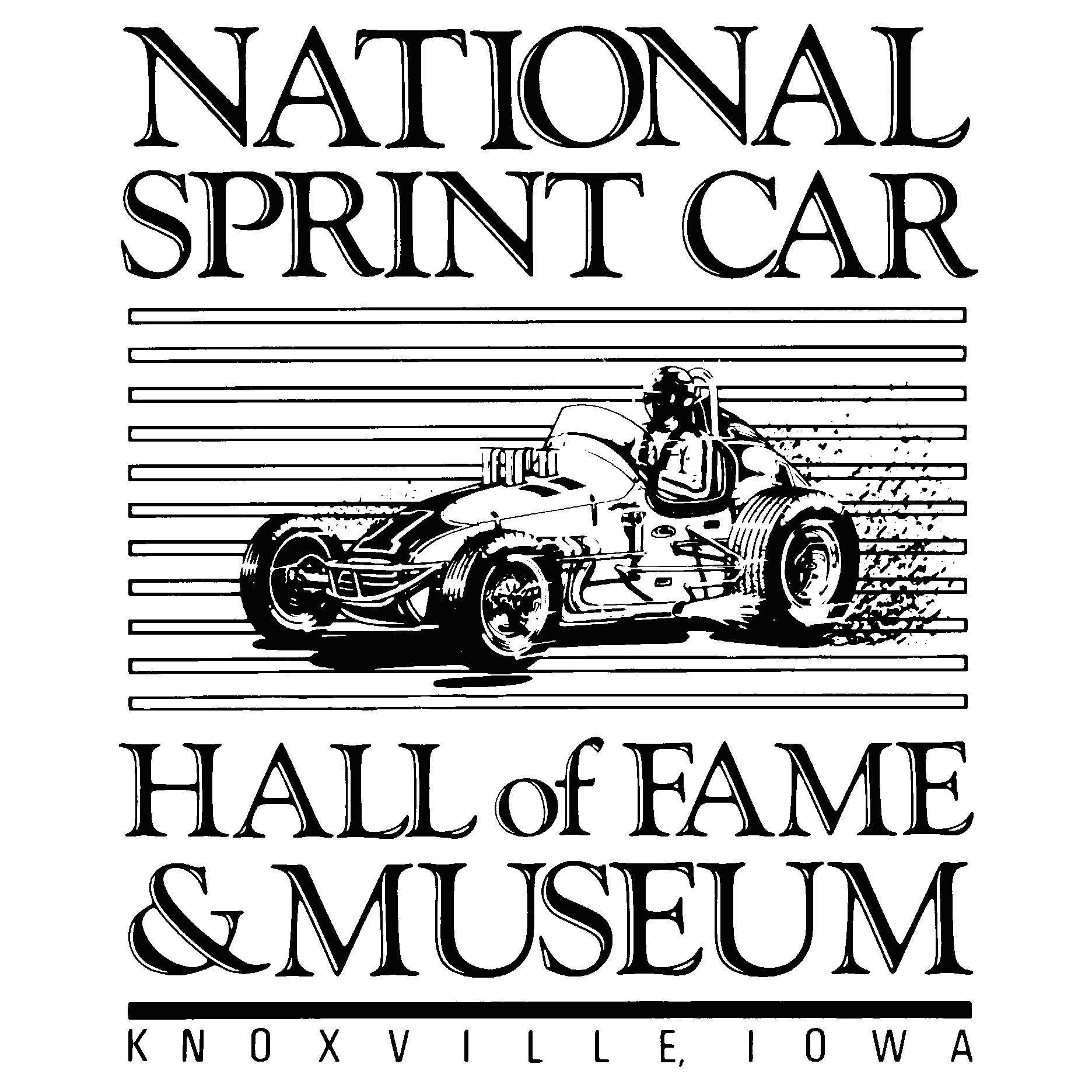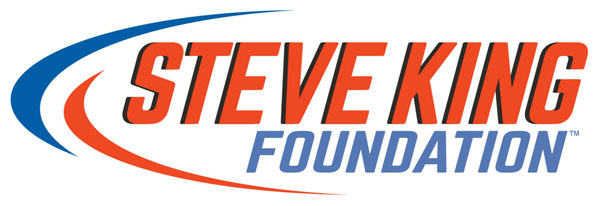Drivers can run but they can't hide at Daytona
Photo by Dave Biro/DB3Inc
Leading into last year’s Daytona 500, former NASCAR Cup champion and six-time superspeedway winner Brad Keselowski claimed that he had been too conservative when it came to racing at the 2.5-mile track.
Although Keselowski has won the summer Cup event at Daytona International Speedway, a victory in the Great American Race has eluded him. So the 36-year-old driver of the No. 2 Team Penske Ford took it up a notch. He also took a page from the Tony Stewart playbook: If a driver blocked, that driver was going around. William Byron learned a lesson for doing just that in the Duels at Daytona.
Byron felt the retaliation was unjust. His teammate at the time—seven-time champion Jimmie Johnson—described blocking as a necessary evil that has evolved due to the current aerodynamics of the car.
Regardless of the driver's disagreement, Keselowski is correct. A competitor adopting a conservative approach will not likely be rewarded with Harley J. Earl trophy at the end of the Daytona 500. Try as drivers might, given the current parameters, the strategy of saving a car for the end run simply doesn’t work.
And over the course of 500 miles leading up to the checkers, there is plenty of room to run but no place to hide. Chris Buescher, the driver of the No. 17 Roush Fenway Racing Ford believes luck plays a factor in surviving to the finish.
“There’s an element of luck to every speedway race, and anybody who tries to downplay that is lying to themselves,” Buescher said. “There’s that factor. We go speedway racing... you’re that close, you are at the mercy of your own mistakes, but you are much moreso at the mercy of 39 other drivers' mistakes, so the probability of being involved in somebody else’s doing--it skyrockets.
“For years, we’ve argued what’s safe. Is the leader safe? Is it 1-5? Is it 25th back is safer? And the numbers used to have a pretty clear trend, and I don’t feel like they do anymore. I think a lot of our wrecks have started at the front row, whether it’s first or second, and it’s come from aggressive blocking the runs that these cars have had.”
Buescher had firsthand experience of just that in last year’s 500. While running fourth on the final lap, his teammate Ryan Newman was in the lead. Newman attempted to block a run by Ryan Blaney, who was being pushed by eventual winner Denny Hamlin. The momentum of the Blaney-Hamlin tandem was too strong and the No. 12 Ford sent Newman spinning violently down the front stretch.
Buescher missed the wreck and notched a career-best third-place finish. But the last lap served as an eye-opener for the 28-year-old driver.
“I don’t know that there’s a safe place anymore,” Buescher said. “For it to be luck, there is an aspect of it. I think what helps is there was really good speed in our Roush Fenway cars for speedway racing, and that enables you to be able to lead a line or kind of make more of your own destiny.
“I think that helped us last season, and it helped put us in a lot of places. I’m going to argue that all four of our speedway races were very good, and we got robbed on one there at the end, but it’s something that we did a good job calculating what risk we were willing to take.”
In the four superspeedway races last year, Buescher finished in the top 10 three times, Newman twice. In the last four years, Roush Fenway Racing’s only two wins came at Daytona and Talladega when Ricky Stenhouse Jr. drove for the team. Buescher credits executive vice president of competition Jimmy Fennig’s dedication to the superspeedway program and team owner Jack Roush’s philosophy to race—not ride—in those events.
“Jack is pretty adamant that we’re racing,” Buescher added. “Those aren’t races where you ride around and try to play the numbers game at the back, so we raced through them.
“We felt like the end of the stage got really aggressive, maybe you back out or try and give up a couple spots versus trying to get that one stage point or ending up in that 12th-13th range and ultimately hitting a fender or causing yourself more pain. A lot of it was a thought process, and there was a good amount of luck in being inches away from disaster several times along the way as well.”

.png)





